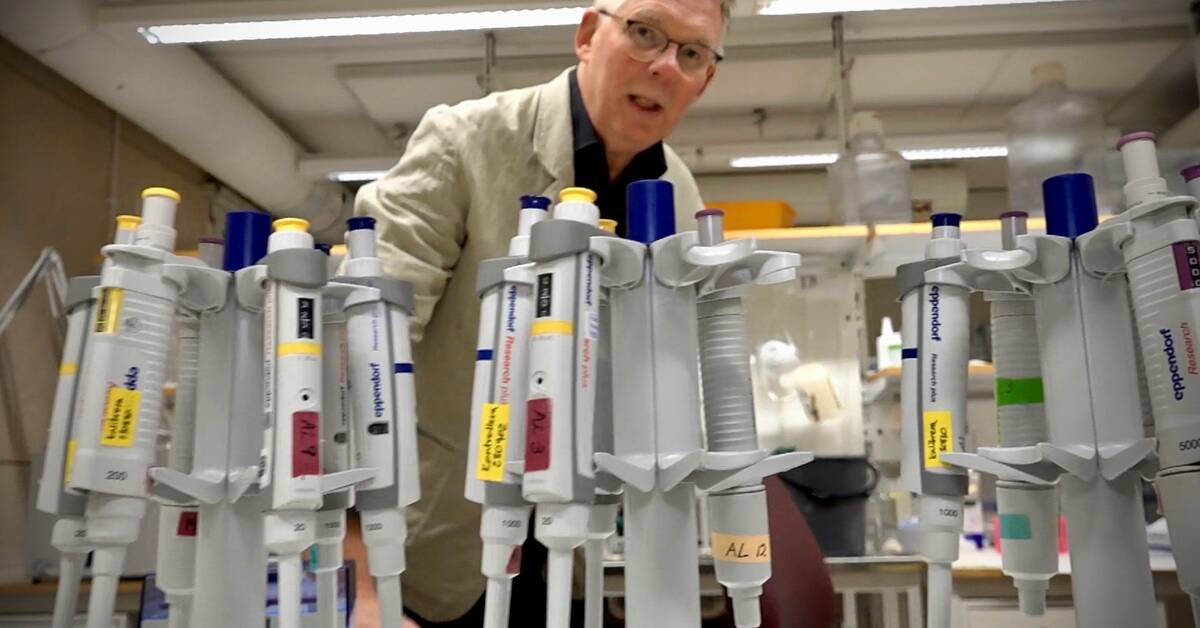On the seabed in the Gulf of Bothnia, environmental toxins from industry are stored in the bottom sediment.
The Gulf of Bothnia stands out when it comes to mercury, arsenic and lead.
Jan Albertsson sees a risk of the toxins spreading in the water when the manganese nodules are to be taken up.
- The absorption will cause some clouding of the water and the scattering of small particles.
These can have environmental toxins attached to them and there is a risk of them spreading in the cycle, he says.
"Can only make guesses"
Jan Albertsson fears that the project to take up the manganese nodules is moving too quickly without the risks having time to be properly evaluated.
- It is a large project with new technology in sea areas where we have never done anything like this before.
We have poor knowledge of the consequences at present.
We can only make guesses.
Skellefteå municipality wants to see more studies
Skellefteå municipality follows the project and requests more studies.
- We want to see accurate sediment samples for heavy metals.
We also want to see an analysis on the noise side.
We want to know if it will start making noise in the nature reserve at Bjuröklubb, says Mattias Varg, who is a municipal ecologist.
Peter Lindberg is the CEO of the company Scandinavian Ocean Minerals, which received an exploration permit to start investigating the seabed and extract the manganese nodules.
- A prerequisite is that this activity affects the environment marginally or preferably not at all.
We constantly work with the environmental aspect and carry out investigations.
These will be the most comprehensive investigations that have taken place underwater in Sweden.
If it turns out that this activity has too great an impact, we will not continue, says Peter Lindberg.

